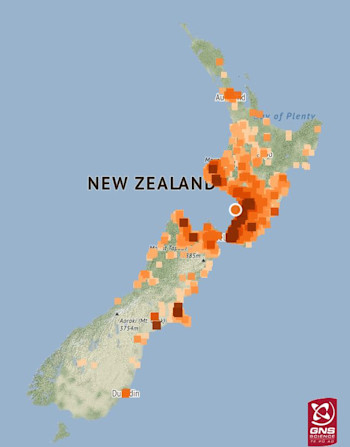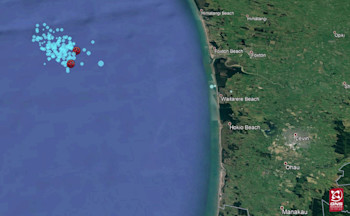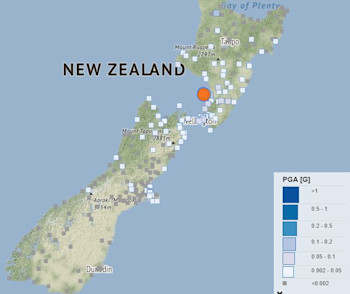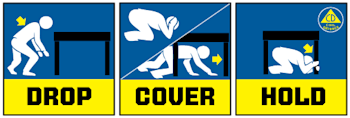
Shaky start to the week in the North Island - Update
Updated: Tue May 26 2020 1:00 PM
A strong M5.8 earthquake occurred 30km north-west of Levin on Monday 25 May 2020, followed by a M5.2 aftershock on Tuesday 26 May 2020.
Monday's M5.8 earthquake was felt around New Zealand, with over 36,800 felt reports coming into our website. This tops our previous felt report record holder from January this year, a M5.4 earthquake in a similar spot that received over 26,500 reports.
So far the earthquake has been followed by over 147 aftershocks ranging in size from M1.7 to the biggest, a M5.2, that occurred at 12:34PM on Tuesday 26 May 2020. This moderate aftershock was reported felt by 20,000 people throughout central New Zealand.
Aftershocks of this magnitude are not out of the ordinary considering the size of the initial quake, and are a great reminder to stay prepared. The number of aftershocks we have located is what we would expect following a quake of this size. Large earthquakes can have a lot of aftershocks and while these generally diminish in magnitude with time, an outlier as large as this M5.2 is not completely out of the ordinary.
The maximum peak ground acceleration (PGA) recorded for the M5.8 event was 0.15g, while the M5.2 aftershock had a maximum of 0.08g.
Looking at the science, the M5.8 earthquake was Mw 5.6 normal faulting mechanism, and based on the mechanism and depth it could have occurred in the subducting slab (The Pacific Plate). The M5.2 event was also normal faulting mechanism and in the slab.
Remember in an earthquake to Drop, Cover and Hold
And if you feel a long or strong earthquake, or receive a tsunami alert, get to higher ground, or as far inland as possible immediately.
The National Emergency Management Agency (NEMA) have a great website with information on what to do before, during and after an earthquake. And the Earthquake Commission (EQC) have a helpful website with information on how to get your home, apartment, or rental prepared for a natural disaster.
Media Contact: 021 574 541 or media@gns.cri.nz







